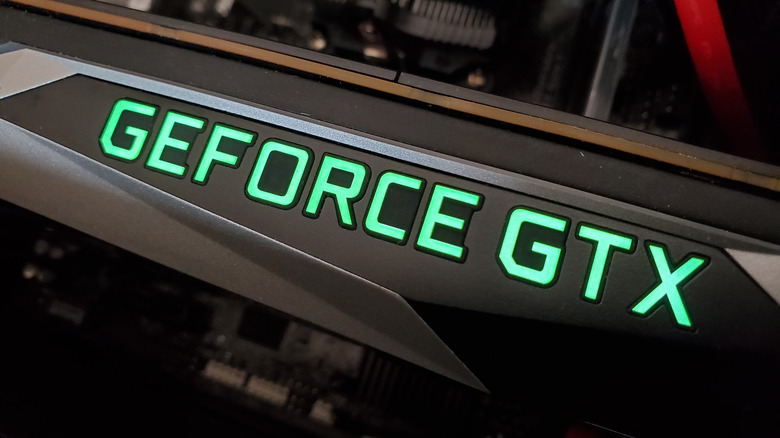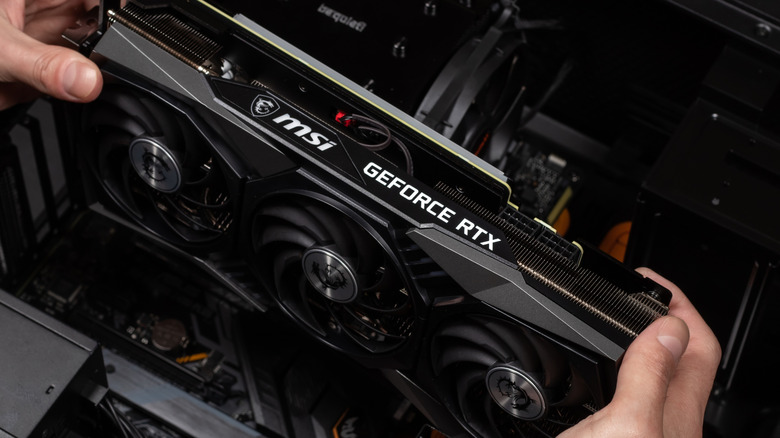Why Did Nvidia Discontinue Its GTX Graphics Cards?
The GTX series was Nvidia's main graphics card branding since 2008, and it delivered some of the most iconic graphics cards of all time during its run. From the bang-for-buck (and controversial) GTX 970 to the almighty 1080 Ti, this was the product line that put Nvidia at the top of the gaming GPU market. But that era effectively ended in 2018, when NVIDIA introduced the first RTX 20-series cards and shifted the GeForce lineup toward its new rendering model built around ray tracing and AI-accelerated features.
Unlike their predecessors, RTX GPUs feature dedicated RT cores for real-time ray tracing and Tensor cores to power AI-based upscaling like DLSS. Even the final GTX cards — the 16-series — which had the same Turing architecture as the first RTX 20-series cards, didn't have RT or Tensor cores needed for hardware-based ray-tracing or benefit from DLSS. Rather than evolve the GTX brand, Nvidia kept the 16-series around as budget options and positioned RTX as the future of its GPU lineup.
That run reportedly ended in 2024, when production of the GTX 16-series wrapped up. Older GTX cards like the 700 series lost Game Ready driver support in October 2021, while the 900 and 1000-series cards received their final Game Ready driver in October 2025.
Nvidia replaced GTX because ray tracing changed everything
GTX cards were powerful, but they were also relatively simple, designed around traditional rasterization with an emphasis on raw throughput. That worked well for years, but it changed once new graphics paradigms, such as ray tracing, emerged. The GTX cards were badly outgunned once modern games began implementing ray-tracing and AI-powered features, and the difference between GTX and RTX GPUs grew wider. The lack of RT and Tensor cores made GTX cards incompatible with the software and technology Nvidia was promoting, leaving them without DLSS and limited to basic, software-based ray tracing.
DLSS, Reflex, and Frame Generation became the core selling points of this new hardware, with games like "Alan Wake II" and "Cyberpunk 2077" increasingly taking advantage of the new hardware to its fullest. By the time the GeForce RTX 40-series launched in 2022, even budget cards like the RTX 4060 offered ray tracing at playable framerates — something no GTX card could match.
The end of GTX cards was also the end of Nvidia's support for SLI and multi-GPU scaling. The GTX 1080 was among the last cards to support four-way SLI, with scaling issues, poor developer adoption, and rising power draw making it obsolete. The GTX name still lives on in the used market and tons of old computers, but officially, it's over because the market around it has evolved.

